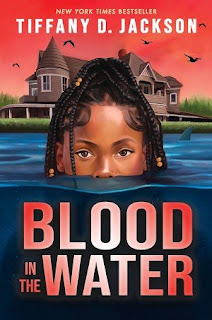A Book Group for Writers!
Recently I participated in a book club, hosted by Lorin Oberweger and Free Expressions , that was as much a writing group as it was a reading group. It proved inspirational and informative as any MFA program. The process followed that first the group read and discussed a craft book, in which the author of the book offered further insights into the concepts as well as guided writing exercises. At the next meeting, group members applied these concepts to a work of fiction, in which the author also presented further insights into their writing process. Below I review some of my favorite craft books, most of which I had not read before. I’ve not included any of the fiction in lieu of space. (Albeit, a couple of my favorites include Henry Neff’s Witchstone and Nina Simon’s Mother-Daughter Murder Night ). The key here is to learn how to deep dive into these concepts, apply them to your current read, and by extension, your current WIP. How to Write a Page Turner: Cr...








